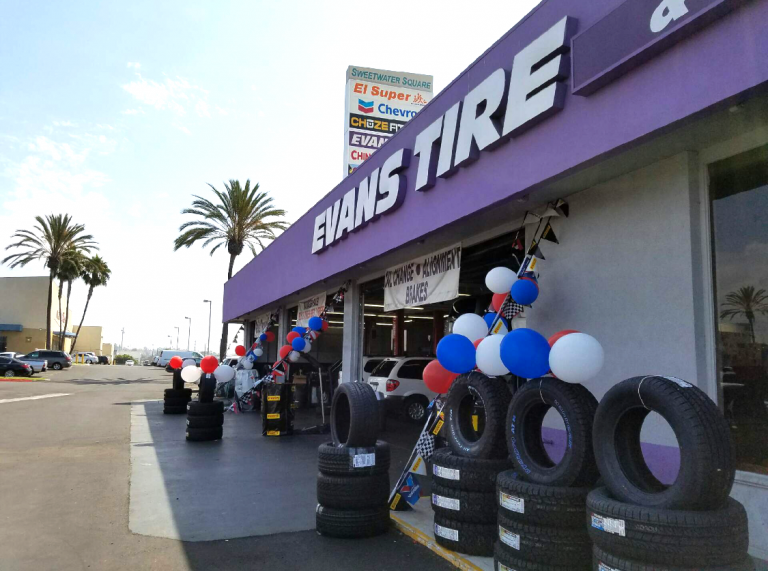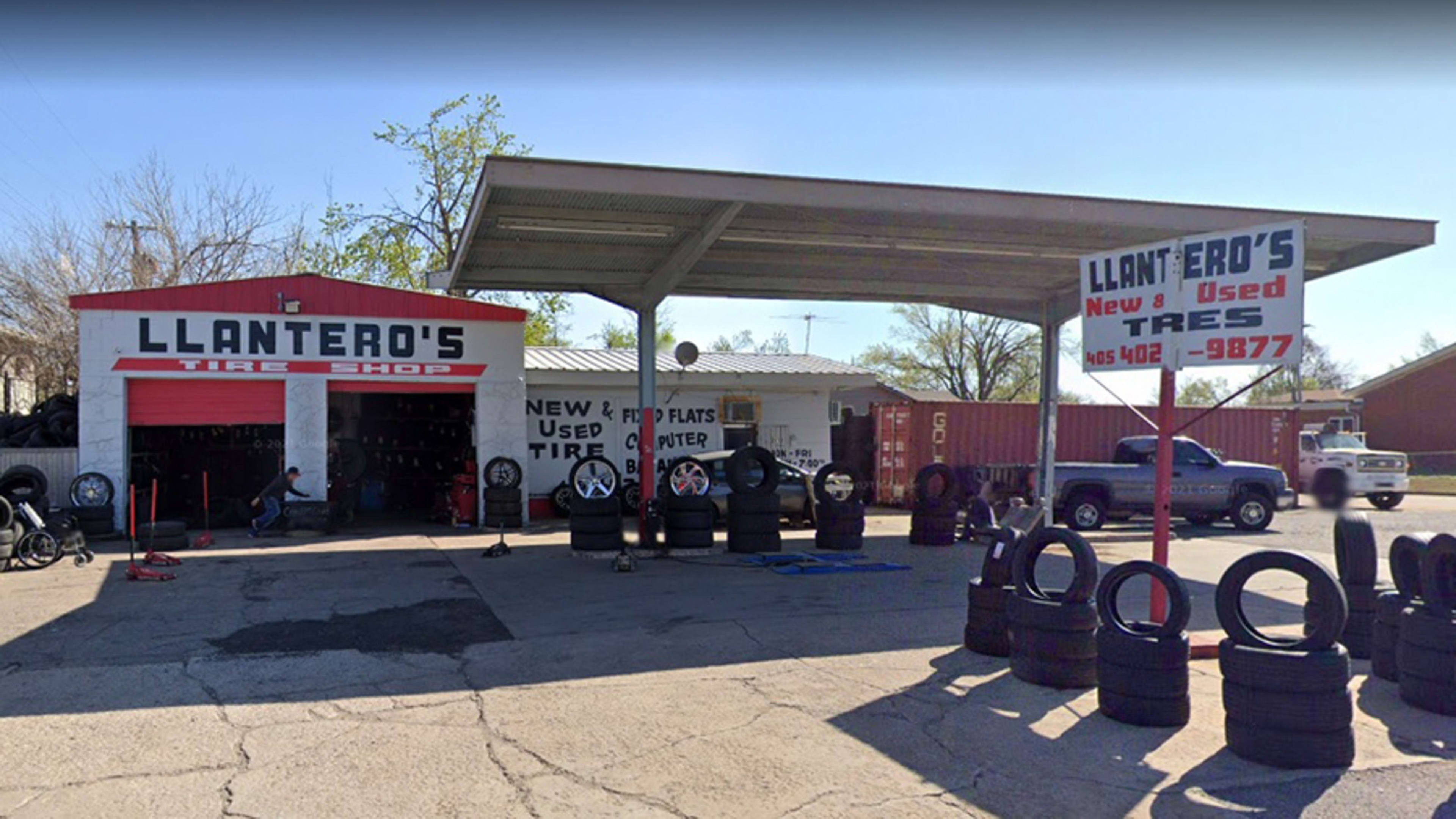Experience Excellence: Tire Tracks Morris IL, Your Ultimate Tire Shop
Experience Excellence: Tire Tracks Morris IL, Your Ultimate Tire Shop
Blog Article
The Science Behind Tire Repair and Safety
When it comes to the complex world of tire maintenance and safety and security, there exists a realm of scientific research that typically continues to be undetected by the average vehicle driver - morris tire. The products that make up a tire, the impact of tire pressure on total safety, the implications of tread wear, the intricate characteristics of tire traction, and the often-overlooked significance of appropriate wheel positioning all play crucial roles in ensuring a lorry runs safely and efficiently. As we browse through the intricacies of tire repair work and safety, it ends up being evident that a much deeper understanding of these clinical principles is not just helpful yet vital for each driver when traveling
Tire Make-up and Performance
What materials make up the structure of tires, and exactly how do these elements add to their functionality on the road? Steel cables are included to enhance the tire's strength and aid it preserve its form under various road problems.
The structure of tires plays a vital role in their performance when traveling - morris tire. The rubber substances use hold and grip, allowing the tire to adhere to the road surface area and provide security throughout acceleration, stopping, and cornering. The textile and steel layers add to the tire's capability to withstand pressure, preserve its form, and sustain the lorry's weight. In general, the cautious selection and combination of these materials make sure that tires can carry out efficiently and safely on numerous roadway surface areas and problems.
Impact of Tire Pressure on Safety And Security
On the other hand, overinflated tires have much less contact with the roadway surface area, minimizing grip and causing uneven wear on the tire footsteps. Correctly inflated tires likewise play an essential duty in fuel effectiveness, as underinflated tires can boost moving resistance, leading to decreased gas mileage. Routinely examining and keeping the correct tire pressure not just ensures safety however additionally expands the life-span of the tires, saving on substitute costs in the lengthy run.
Footstep Put On and Its Effects
Proper surveillance of tire tread wear is essential for guaranteeing ideal efficiency and security when driving. As tires put on down, the depth of the tread diminishes, reducing the tire's capability to preserve traction, particularly in damp or slippery conditions. The tread pattern and deepness play a vital function in channeling water far from the tire to stop hydroplaning and preserving grip on the road surface area.
Unequal wear may recommend problems with tire rising cost of living, suspension, or alignment parts. Use signs are built right into the tire step and end up being visible when the walk deepness reaches a particular reduced factor, indicating the demand for immediate substitute.

Comprehending Tire Traction Dynamics
Keeping an eye on tire step wear not only makes certain ideal performance and safety yet additionally straight influences the grip characteristics of the tires on different roadway surface areas. Tire traction is a vital facet of vehicle handling and security, as it determines the grip between the tires and the road. Grip dynamics differ depending on roadway conditions such as dry sidewalk, wet roads, snow, or ice.

Recognizing tire traction characteristics is crucial for motorists to adjust read this their driving actions according to the roadway problems. tire tracks morris il. On a regular basis inspecting tire walk depth and condition can substantially enhance grip performance, making sure safer driving experiences throughout different surfaces
Value of Correct Wheel Placement
Making sure appropriate wheel alignment plays an essential role in enhancing automobile efficiency and extending tire durability. Proper wheel positioning entails changing the angles go to my site of the wheels to supplier specifications, ensuring that they are perpendicular to the ground and alongside each other. When positioning is off, it can cause uneven tire wear, reduced fuel effectiveness, and compromised handling.
Among the crucial advantages of keeping appropriate wheel placement is boosted managing and security. Misaligned wheels can cause the automobile to pull away, affecting steering control and overall driving experience. In addition, correct alignment advertises also tire wear, preventing early tire substitute and saving money on maintenance prices in the future.

Verdict
In verdict, the science behind tire repair work and security is important for preserving vehicle performance and ensuring vehicle driver safety and security. By comprehending tire structure, stress, walk wear, traction characteristics, and wheel alignment, chauffeurs can stop accidents and lengthen the lifespan of their tires.
The products that make up a tire, the effect of tire stress on total safety and security, the implications of step wear, the detailed characteristics of tire traction, and the often-overlooked relevance of appropriate wheel positioning all play important roles in ensuring a car operates safely and effectively. On the other hand, overinflated tires have less contact with the roadway surface, decreasing traction and creating uneven wear on the tire footsteps. Routinely checking and maintaining the correct look at this now tire stress not just makes certain safety yet likewise expands the life expectancy of the tires, saving on substitute prices in the long run.
Monitoring tire tread wear not just ensures optimal efficiency and safety but likewise directly affects the grip dynamics of the tires on different road surfaces. Tire traction is a vital facet of car handling and safety, as it identifies the grasp between the tires and the road.
Report this page